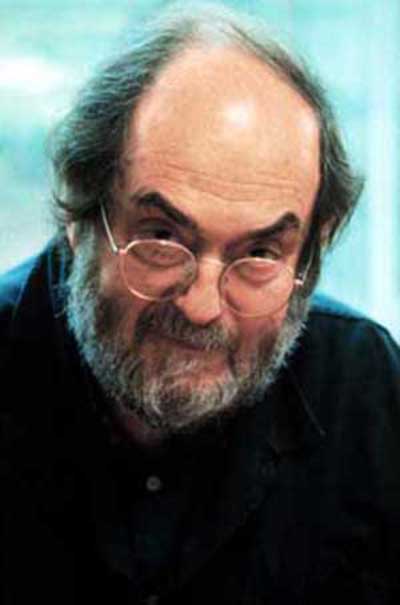
 Stanley Kubrick Google Videos
Stanley Kubrick Google Videos
Stanley Kubrick was an award winning American film
director, screenwriter, producer, cinematographer, and
editor who worked mainly in the U.K. Filmography
If you watch the History Channel TV series, Ancient Aliens - starting its 7th season today July 25, 2014 - you understand that humanity is an evolving biogenetic experiment - the myths and metaphors of our creation explained in a way that makes sense on many levels. These conclusions go to both science and pseudoscience as if an awakening code that is being disseminated from the grids that create our consciousness reality.
Every ancient civilization speaks of a creation force or Gods and Goddesses who will return and save humanity in end times or the end of the consciousness hologram in which we vicariously experience. In this subroutine of the hologram we consider our reality, the gods are aliens, with endless storylines about their connection to humanity.
In all ... reality is an evolving DNA biogenetic experiment. If we could activate our DNA (we use 8.2%) and our brains (we use less than 10%) we would figure it out ... but this subroutine was created to study emotion not higher thought ... and so we muddle along in the concepts of time and physical reality with the intuitive wisdom that we are more than we are experiencing here.
McConaughey mentions Stanley Kubrick whose birthday is today July 26th.

 Stanley Kubrick Google Videos
Stanley Kubrick Google Videos
Stanley Kubrick was an award winning American film
director, screenwriter, producer, cinematographer, and
editor who worked mainly in the U.K. Filmography
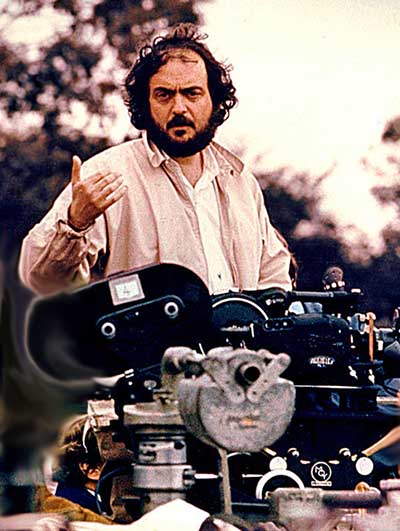
If it can be written, or thought, it can be filmed.
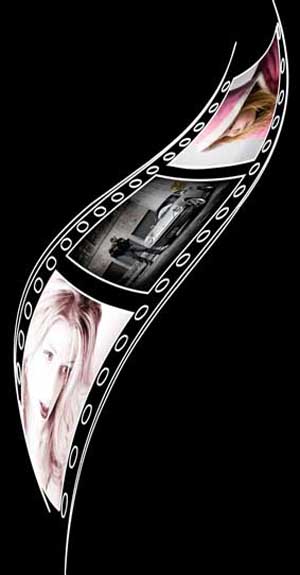
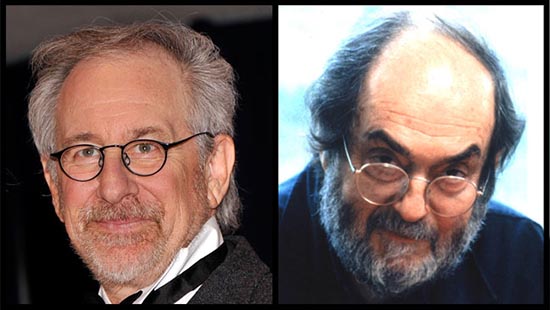
They collaborated on several film projects
Stanley Kubrick and Arthur C. Clarke wrote 2001 A Space Odyssey a classical epic with endless encoded messages that viewers have dissected for decades.
The development of the science fiction drama film A.I. Artificial Intelligence - also known as A.I. originally began with director Stanley Kubrick in the early 1970s. The project was later completed by Steven Spielberg in 2001 after Kubrick died. Set sometime in the future, A.I. tells the story of David, a childlike android uniquely programmed with the ability to love, much like Ethan Woods in Spielberg's 2014 summer TV series "Extant".
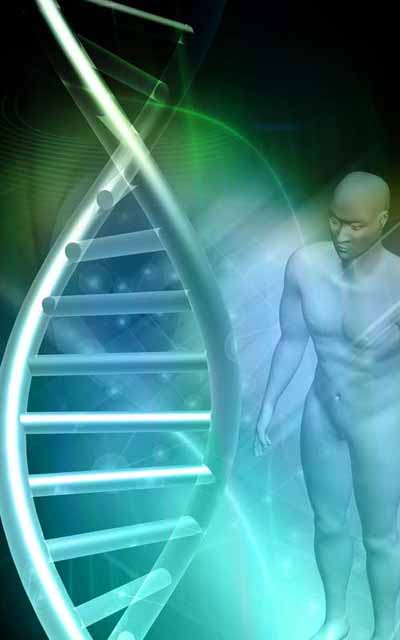
The article below begs the questions:
Will that happen at the end of our hologram allowing us to remember who we really are, why we are here, will we be deleted, or what's next?
We use 8.2% of our DNA and less than 10% of our brain. In pseudoscience one would have to wonder if this is part of an evolving DNA biogenetic experiment created by aliens that is about to evolve again.
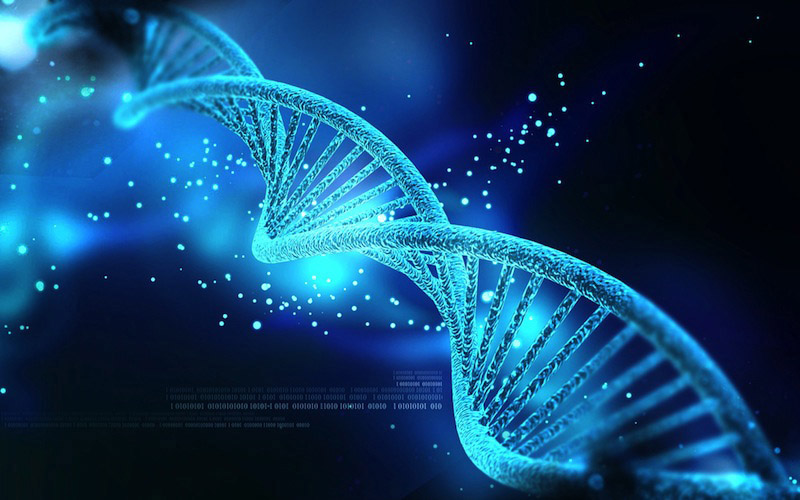
People Use Just 8.2% of Their DNA, Study Finds Live Science - July 25, 2014
More than a decade has passed since the completion of the Human Genome Project, the international collaboration to map all of the "letters" in our DNA. The huge effort led to revolutionary genomic discoveries, but more than 10 years later, it's still unclear what percentage of the human genome is actually doing something important.
A new study suggests that only 8.2 percent of human DNA, or about 250 million of these so-called DNA letters, are functional, and more than 2 billion are not. The results are higher than previous estimates of 3 to 5 percent, and significantly lower than the 80 percent reported in 2012 by the Encyclopedia of DNA Elements Project (ENCODE), a public research project led by the U.S. National Human Genome Research Institute to study the role of the 3 billion total letters in human DNA.
The differences may stem from the nuanced definition of "functional DNA," said the study's co-lead researcher Chris Ponting, a professor of genomics at the University of Oxford in England. "The ENCODE project counted all pieces of DNA on which some protein activity occurred, whether or not that activity was useful to the cell," Ponting said. "The difficulty is that protein activity occurs on all DNA, such as when it is replicated just before cell division."
In the new study, Ponting and his colleagues report that majority of the human genome is nonfunctional, or "junk DNA." As studies have found, some of this junk DNA may be useful for regulating gene expression, but only a small portion of it, Ponting said. Instead, upward of 90 percent of human DNA may be go unused.
"Whether people like it or not, the vast majority of our genome is junk," said Dan Graur, a professor of molecular evolutionary biology at the University of Houston in Texas, who was not involved with the new study. "We know that because we have so many organisms that have much smaller genomes than we do and organisms that have much larger genomes than we have. The size of your genome is not really what matters."
The wheat genome, for example, is five times larger than the human genome, according to a study published this month in the journal Science.
In the new study, the researchers used an evolutionary model to estimate what percentage of the human genome is functional and what percentage is junk. Mutations randomly occur in DNA. Genetic code with fewer mutations tends to be important because it shows these parts of the genome likely perform an important function, Ponting said.
The researchers compared the DNA sequences of 12 mammals, including cattle, ferrets, rabbits and pandas, to see how the animals' DNA had changed since their last common ancestor lived about 100 million years ago. Then, they counted the number of intact pieces of DNA preserved by natural selection. "We decide on how much is functional by scrutinizing what has happened over long evolutionary time," Ponting said.
Animals that are closely related to humans have more similar DNA sequences than animals that are distantly related, the researchers found. For instance, mice and humans share 2.2 percent of their functional DNA because of the high number of mutations that occurred since they diverged more than 80 million years ago.
Like humans, just 8.2 percent of the DNA in each of these animals is functional, the findings suggest. However, some of that DNA is more important than others. Slightly more than 1 percent of human DNA codes for proteins that carry out most of the body's biological functions, the researchers said. The remaining 7 percent may regulate these protein-coding genes by determining when to switch them on and off. The findings may help guide researchers studying diseases and disorders, the researchers said. "If we're going to look where disease-causing mutations are, we only have to look in less than 10 percent of the genome," Ponting said.